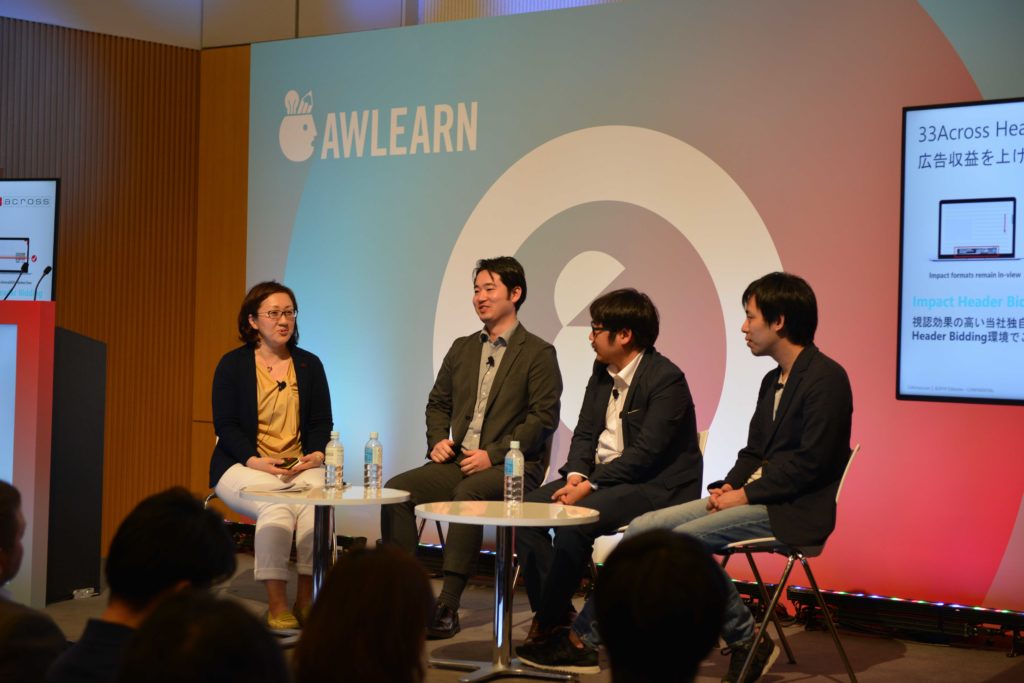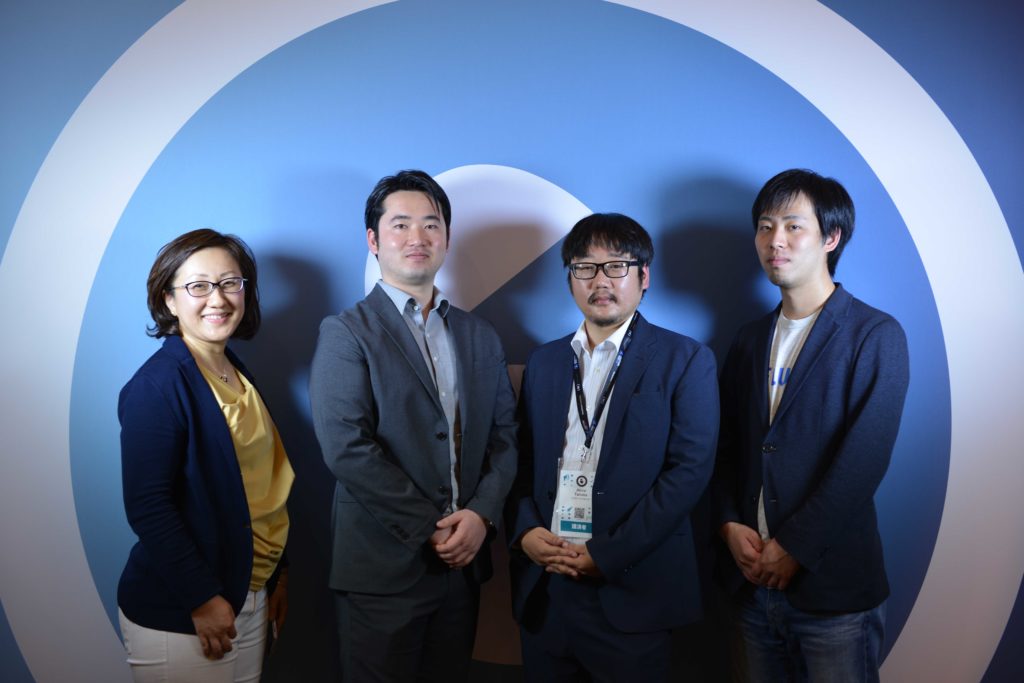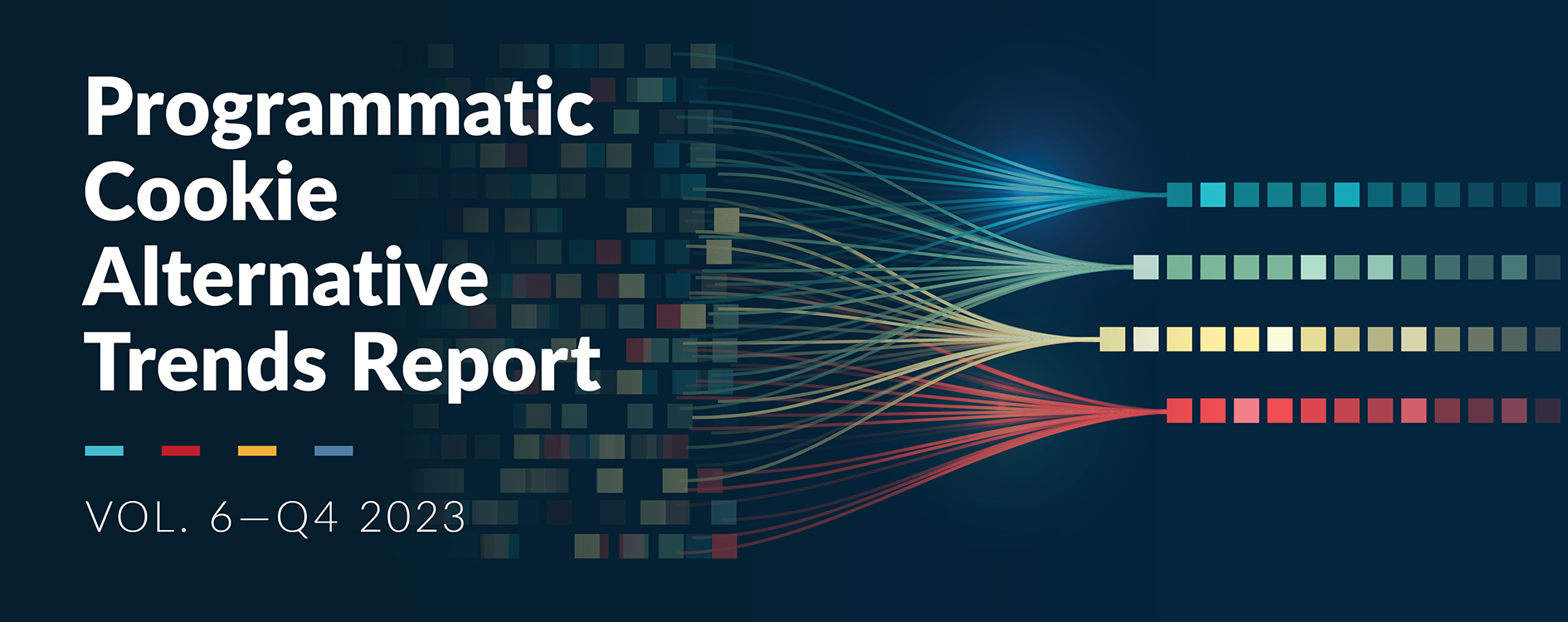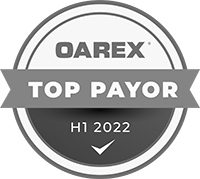Two threads unite the global ad industry across different languages, currencies and cultural norms: Everyone is trying to capture consumer attention, and it’s getting harder (and more expensive) to do it.
Yet there’s another global dynamic in the mix that we all have to consider in this quest for attention: The constant tug of war between buyers’ and sellers’ needs. As we uncovered in our research with Digiday, there is a disparity between how buyers and sellers value highly-viewable inventory. But as we learned during a conversation with some of our publisher and agency partners in Japan, the practice of buying based on attention metrics like time-in-view (TIV) has the potential to bridge that gap.
It’s still hard for most DSPs, advertisers and agencies to communicate directly with publishers [in order to] maximize campaign performance, [or even] just conduct a campaign effectively.
– Yohei Morita, Unit Leader, Strategy Unit 2, Supply Side Group at Platform One, Inc.
Japanese media buyers and sellers agree: Attention-based metrics matter
“CPG clients as well as automobile clients [have begun enforcing] more severe and strict inventory evaluations,” said Yohei Morita, Unit Leader, Strategy Unit 2, Supply Side Group at Platform One, Inc. “[As a result], there has been a [stronger] need to find viewable impressions.”
Morita noted that video in particular was a strong driver of attention-based buying, with DSPs increasingly focused on “maximizing and optimizing cost-per-completed view (CPCV) on video ads.”
Digital and programmatic teams at media companies like the Kobe Shimbun are working to meet those new, more scrutinizing buyer demands.
“While performance and CTRs still seem to matter to advertisers in Japan, [we’ve noticed] a shift toward video and rich media,” said Akira Tanaka, Digital Promotion Bureau, Web Marketing Department, Kobe Shimbun. “Therefore, we’re focused on [offering them] new formats that provide higher viewability and longer time-in-view.”
The Kobe Shimbun has been using 33Across’s Impact Ad formats since early 2018, and Tanaka noted that they have become one of the company’s “Top 5 monetization partners.”
But disparate goals (and nascent tech) can be roadblocks
Without access to scalable solutions, Japanese publishers that want to deliver impressions based on attention metrics must bear an upfront risk that can be too costly for some.
“Publishers are aware that they need to do something to improve viewability,” said Shinnosuke Hirata, CMO at FLUX, Inc., a programmatic operations advisory firm. “However, there’s a huge risk in spending [money and resources] on tools like MOAT and IAS, when they’re expecting a few campaigns with [a small amount of revenue] in return. [The market] needs more scale on both the supply and demand side.”
A lack of common ground between buyers and sellers also makes transacting based on attention more difficult.
“It’s still hard for most DSPs, advertisers and agencies to communicate directly with publishers [in order to] maximize campaign performance, [or even] just conduct a campaign effectively,” Morita said.
Tanaka agreed. “There is a gap between buyers and sellers [that makes us] not sure of what either side needs or is able to offer.”
Programmatic technology is helping to bridge that gap
As we wrapped up the panel, the speakers maintained that the Japanese market was in need of platforms that could facilitate scalable, attention-based transactions — but also, a more transparent flow of information between media planners and publishers.
“We’re on a mission to make sure that new ad technologies [are able to] take root in Japan with a much shorter lag time [than in the past],” Hirata added. “And [we’d like to] work closely with 33Across to make this possible.”
That’s why our team is working to make it easier for our customers and partners in Japan to take advantage of solutions like the 33Across Viewable Header Bidding Adaptor (which offers both baseline viewability and time-in-view metrics through the bid stream) and AttentionX, our viewability-driven exchange.


Thanks to our partners from Platform One, the Kobe Shimbun and FLUX, Inc. for participating in the conversation. You can find some photos from our Advertising Week Asia session here on LinkedIn.







